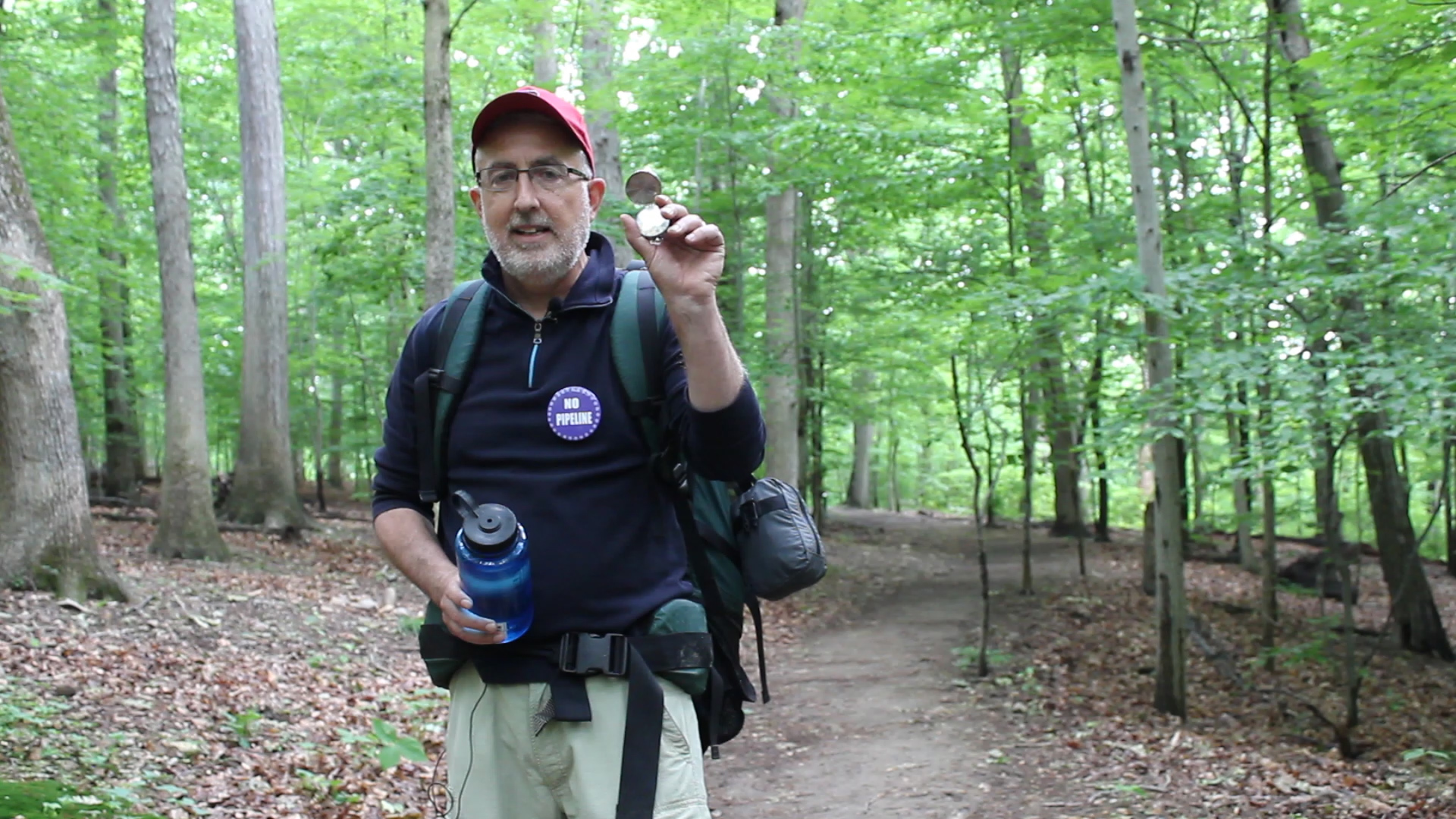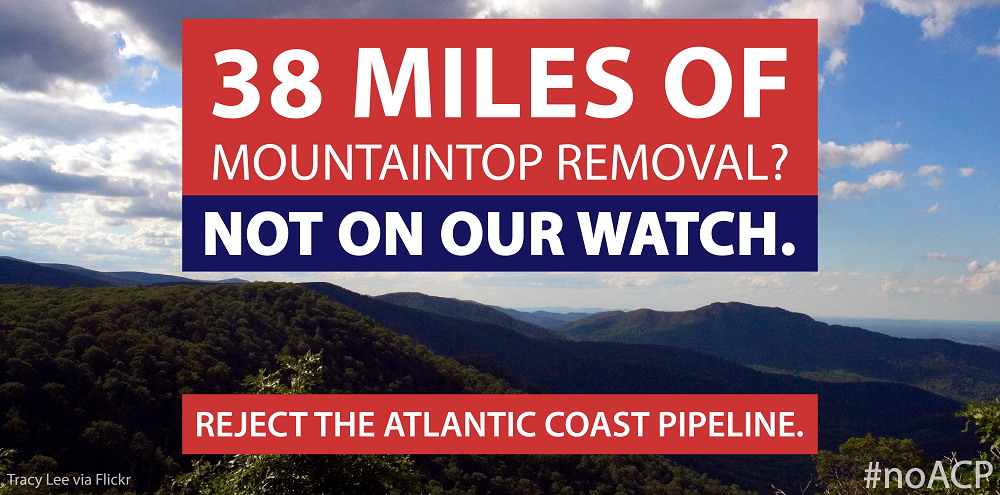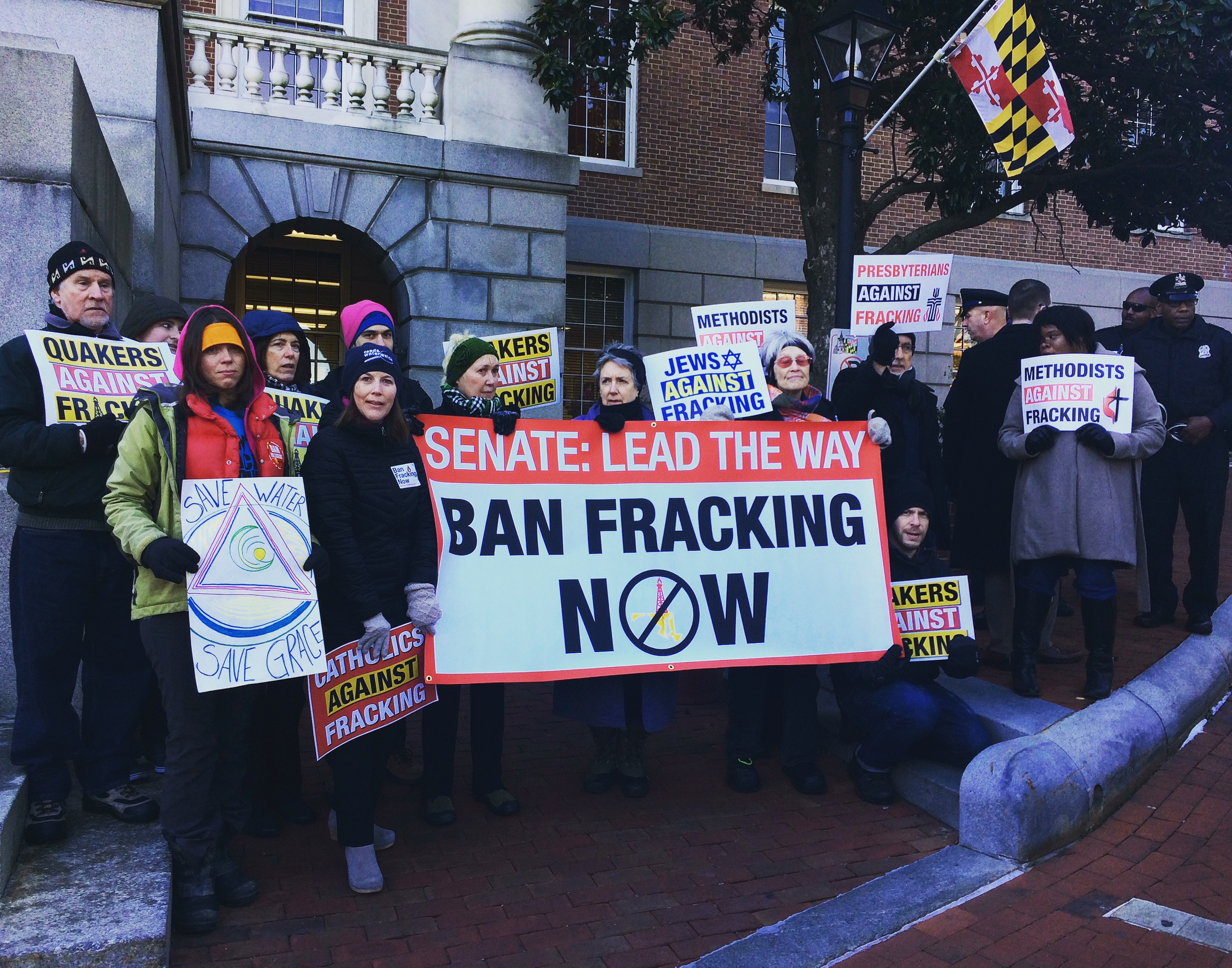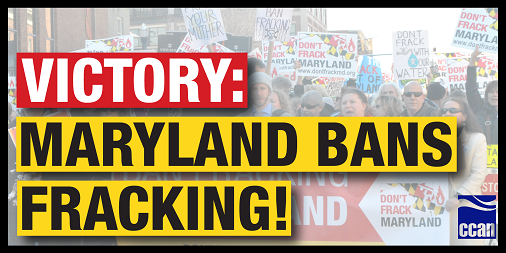I’ve been a proud hiker of the Appalachian Trail since I was a boy. And I always take my trusty compass. It’s gotten me out of lots of jams on the trail.
Now, on June 2nd, on the eve of National Trails Day, I want to invite you – my fellow Virginia trail hikers — to Governor Terry McAuliffe’s house so we can give HIM a compass. The Governor supports two massive pipelines for fracked gas that, if built, would dramatically harm the Appalachian Trail. Terry McAuliffe, in other words, is clearly LOST, and he needs our help. Come to Richmond on June 2nd with all your backpacking gear – and bring a compass to give the Governor.
I’m a member of the Potomac Appalachian Trail Club, and there are three things hikers like me depend on.
The first is access to clean, reliable water along the trail. Without water, we cannot hike.
The second is our appreciation for beautiful mountain vistas. That’s why we hike. Along the Virginia AT, those vistas include places like Angel’s Rest, the Dragon Tooth, and Kelly Knob.
But the Atlantic Coast Pipeline and the Mountain Valley Pipeline for fracked gas could harm all this, each crossing the AT with great impact. With the Governor’s support, companies like Dominion Energy want to plow these pipelines through geologically fragile areas that could threaten not only water along the trail, but water for farmers and communities across 13 counties.
As for vistas, this is horrifying: the companies want to clear cut and then blast off the tops of at least 38 miles of ridgetops – some within view of the AT — across Virginia and West Virginia to make room for the pipelines’ wide paths. They will decapitate these mountains. And the views and ecological health of places like Angel’s Rest and Dragon Tooth will be severely impacted.
Which is why Governor McAuliffe needs the third thing critical to hikers: a compass! He needs to chart a new course that opposes these pipelines and protects our Appalachian Trail.
Won’t you join me on Friday June 2nd, in Richmond? We’ll give the Governor our compasses and ask him to do the right thing.
RSVP TODAY!
If you can’t make it to Richmond, give McAuliffe a call right now to tell him to REJECT these pipelines. Or, share this video with all your friends:











